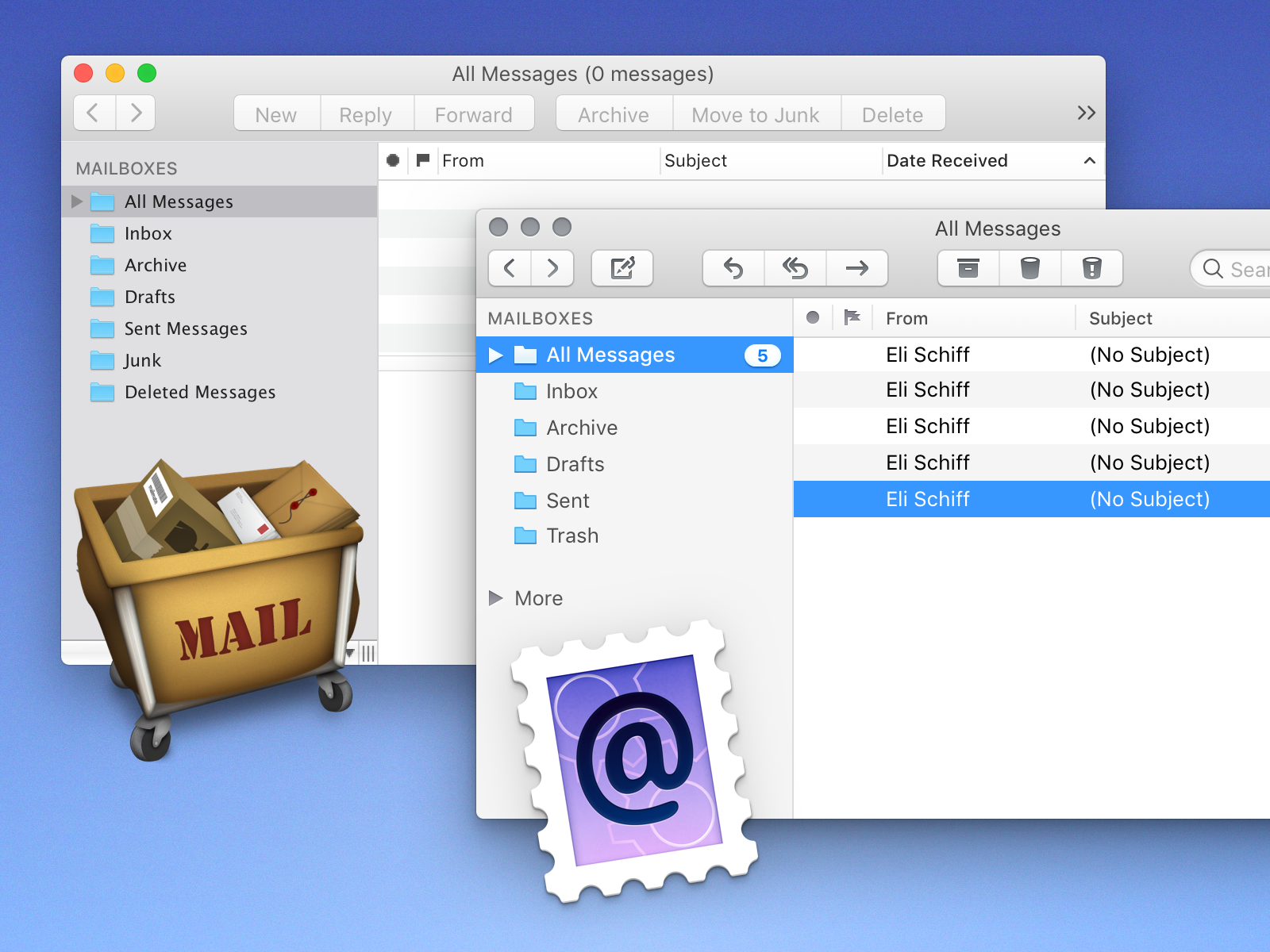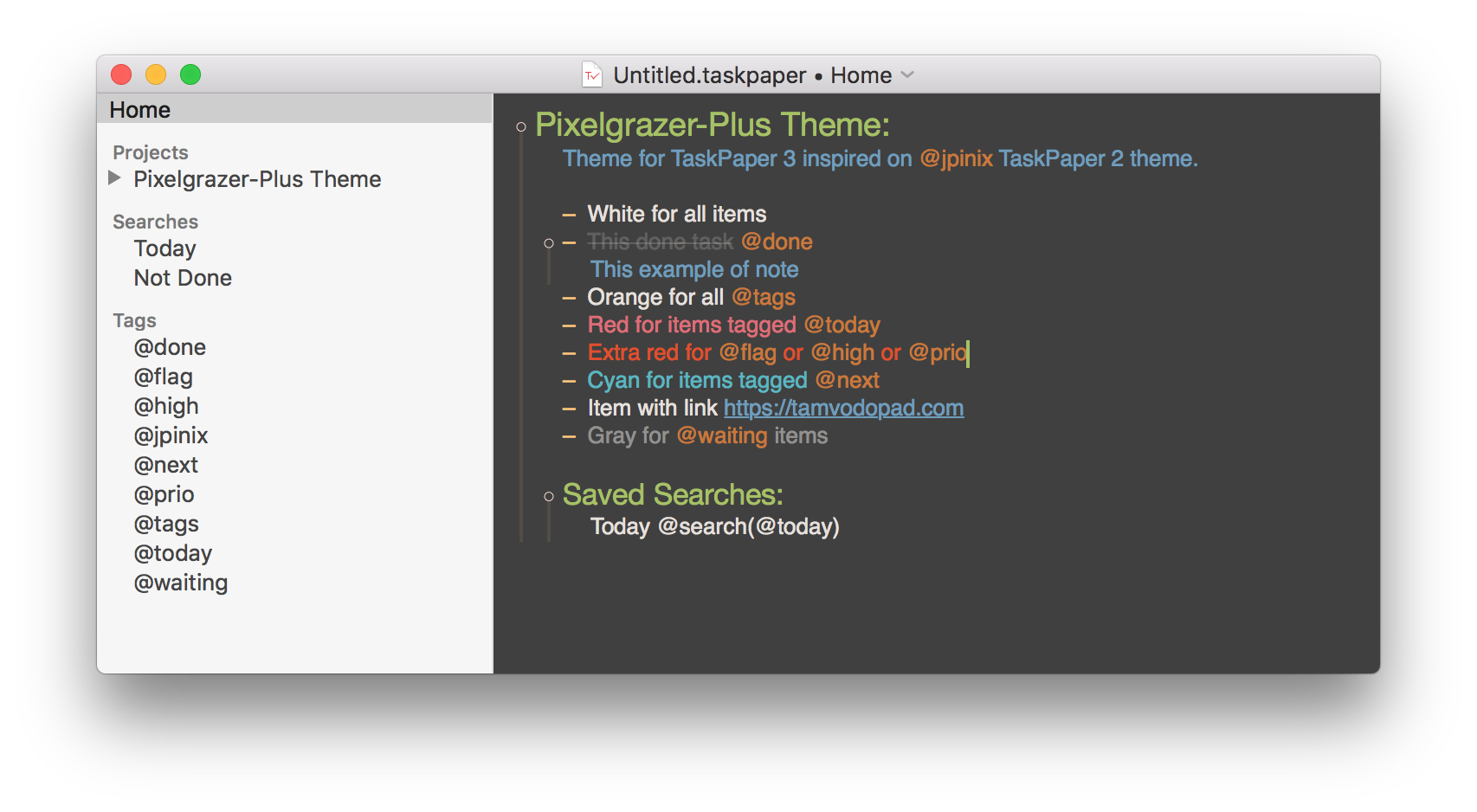

Side note: I actually use the library behind this utility as part of another script that mirrors entries in Day One that have the tag wwid. doing today gives me everything since midnight for the current day, making it easy to see what I've accomplished over a sleepless night. I can also type doing recent (or just doing) to get a list of the last few entries. When I get back to my computer - or just need a refresher after a distraction - I can type doing last to see what the last thing on my plate was. If there's something I want to look at later but doesn't need to be added to a task list or tracker, I can type doing later check out the pinboard bookmarks from macdrifter. I can do this just by typing doing now tracking down the CG bug. While I'm working, I have hourly reminders to record what I'm working on, and I try to remember to punch in quick notes if I'm unexpectedly called away from a project. It allows for multiple sections/categories and flexible output formatting.
#TASKPAPER DEFAULT TAGSS FREE#
If you're one of the rare people like me who find this useful, feel free to contribute to my GitTip fund or just buy me some coffee.ĭoing is a basic CLI for adding and listing "what was I doing" reminders in a TaskPaper-formatted text file. Now I just have to search for or or or or or or and when nothing comes up, I’ll call the draft done.A command line tool for remembering what you were doing and tracking what you've done. It doesn’t have to be, because it’s so short–the real to dos are in the outline itself. I can also hide all the notes if I just want to see the actual scenes.Īt the top of my outline file, I have a to do list, which looks just like a normal to do list and isn’t color coded at all. That makes it super easy to find all the scenes I have to write, or outline, or revise–which is very helpful since I’m skipping around so much and it’d be easy to miss something. Note that I can click on any tag, and TaskPaper runs a search for that tag.

So this means I have an outline that looks sort of like this, except a whole lot longer (and with more notes). I like colors.Īnd no, I can’t quantify the difference between the “majorchanges,” “changes,” and “revise” tags. Yes, I have a “priority” tag and an “emph” (for emphasis) tag, just in case I need to emphasize things that aren’t priorities. Yes, it’s sort of rainbow-ordered in the order that I would tend to label scenes as. I’ve also got tags for point of view character, but right now I’m not using them much. Here’s my tagging scheme, which is designed to help me figure out what’s left to do. So I’ve got this theme file that color codes scenes by status.
#TASKPAPER DEFAULT TAGSS CODE#
You can also create more than one theme file and switch between them–so if sometimes you want to color code by location, and sometimes by point of view, and sometimes by status, you can do that.

What TaskPaper has is any tags you want, which means you can create any tagging scheme, and you can create a theme file to color code it any way you like. It has plenty–it has label and status and keywords and user-created fields–but they don’t all behave in the same way. The real reason I’m not using it, though, is because it doesn’t have all the tagging functionality that TaskPaper has. But it’s not on iOS yet, and it’s not completely text based, which makes it a bit more tricky to change things quickly. Let me begin by reaffirming my love of Scrivener, which has an outline mode and can do everything that I’m doing with TaskPaper.
#TASKPAPER DEFAULT TAGSS MAC#
(It’s Mac only, so if that doesn’t interest you, you can skip this post now.) Last week I mentioned TaskPaper and said that this week I would say more about how I use it as an outliner.


 0 kommentar(er)
0 kommentar(er)
